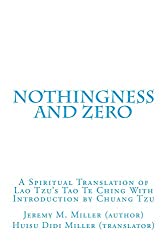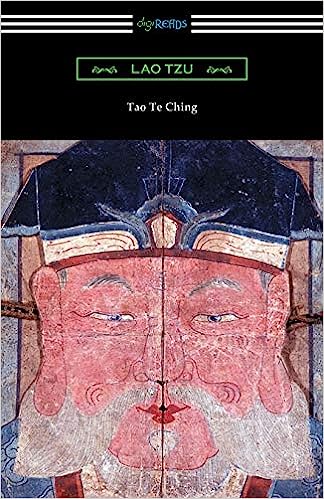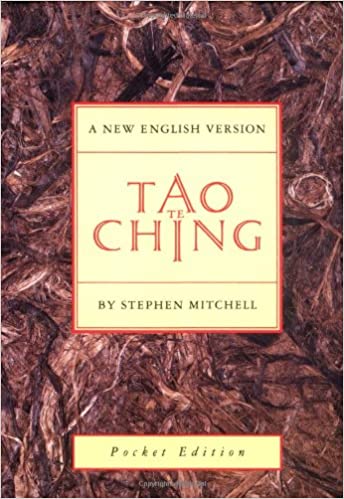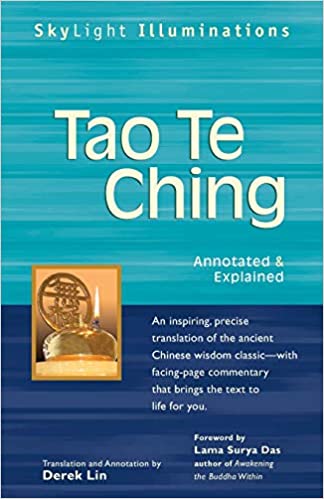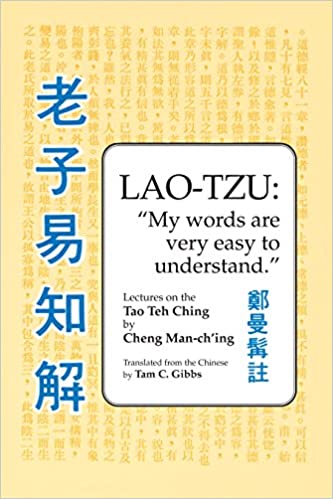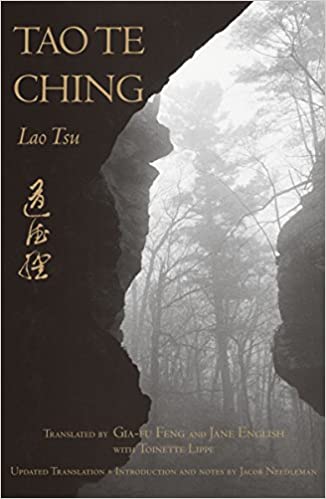
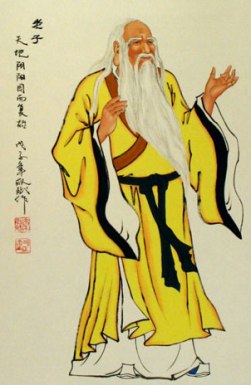
Lao Tzu
Tao Te Ching...
verse for today (*):
16
The (state of) vacancy should be broughtto the utmost degree,
and that of stillness guarded with unwearying vigour.
All things alike go through their processes of activity,
and (then) we see them return (to their original state).
When things (in the vegetable world)
have displayed their luxuriant growth,
we see each of them return to its root.
This returning to their root
is what we call the state of stillness;
and that stillness may be called a reporting
that they have fulfilled their appointed end.
The report of that fulfilment
is the regular, unchanging rule.
To know that unchanging rule is to be intelligent;
not to know it leads to wild movements and evil issues.
The knowledge of that unchanging rule
produces a (grand) capacity and forbearance,
and that capacity and forbearance lead to a community
(of feeling with all things).
From this community of feeling
comes a kingliness of character;
and he who is king-like goes on to be heaven-like.
In that likeness to heaven he possesses the Tao.
Possessed of the Tao, he endures long;
and to the end of his bodily life,
is exempt from all danger of decay.
(translation by James Legge, 1891)
-+-+-+-
Empty your mind of all thoughts.
Let your heart be at peace.
Watch the turmoil of beings,
but contemplate their return.
Each separate being in the universe
returns to the common source.
Returning to the source is serenity.
If you don't realize the source,
you stumble in confusion and sorrow.
When you realize where you come from,
you naturally become tolerant,
disinterested, amused,
kindhearted as a grandmother,
dignified as a king.
Immersed in the wonder of the Tao,
you can deal with whatever life brings you,
and when death comes, you are ready.
(translation by Stephen Mitchell, 1995)
-+-+-+-
Attain the ultimate emptiness
Hold on to the truest tranquility
The myriad things are all active
I therefore watch their return
Everything flourishes; each returns to its root
Returning to the root is called tranquility
Tranquility is called returning to one's nature
Returning to one's nature is called constancy
Knowing constancy is called clarity
Not knowing constancy, one recklessly causes trouble
Knowing constancy is acceptance
Acceptance is impartiality
Impartiality is sovereign
Sovereign is Heaven
Heaven is Tao
Tao is eternal
The self is no more, without danger
-+-+-+-
If you must seek, seek Nothingness.
Silence in all controls all.
The green grow from roots.
This is how life is explained.
In finding the root, there is the beginning of treasure.
The root is Silent.
Its fate is to grow.
Beyond the green is Nothingness.
We understand Nothingness only
in that it appears as Zero.
In embracing this paradox, Fate becomes freedom.
Freedom is the Zero of Immortality.
Immortality naturally loves the great and small;
The moving and unmoving.
Prejudice is as unfathomable as Zero,
But unlike Zero it is illusion.
The Bliss of Zero can be called Heaven.
Small minds, confused,
filling heaven with sleepless nights' daydreams.
These are not real.
The bodies change,
but the Lights within shine immortally.
-+-+-+-
Tao Te Ching
is a Chinese classic.It was written around the 6th century BC by the sage Lao Tzu.
The short text consists of 81 brief chapters, or verses.
Every day we issue a "verse of the day" for contemplation, at first in two leading English translations (Mitchell and Lin), that nevertheless differ substantially.
Since December 8th 2013, we had a radically different third translation:

|
"Nothingness and Zero" A Post New-Age Approach to Lao Tzu's Tao Te Ching, published by courtesy of the translator and interpreter. © Copyright 2013 Jeremy M. Miller. All rights reserved. Acknowledgments: The hundreds of prior translations, especially that by Arthur Waley. To Pythagoras, who understood Zero and taught It; and to Chuang Tzu, the ideal poetic student. |
The I Ching is based on the number 2, with its 2 x 2 x 2 x 2 x 2 x 2 (26) = 64 hexagrams.
The Tao Te Ching is based on the number 3, with its 3 x 3 x 3 x 3 = 81 chapters.
We now offer it in four translations.
Comparing these four translations can be fascinating.
Perhaps, when reflecting on the four interpretations, the true meaning will emerge.
These 81 verses simply rotate; every day the next number, and after 81, number 1 will appear again.
This is done deliberately; if you want to read the complete text, you should purchase the resp. translations by James Legge, Stephen Mitchell, Derek Lin or Jeremy M. Miller below.
(All four available in Kindle edition as well.)
If you missed yesterday's verse, you can still read it at ICHING.ONLINE, which is always one day behind of I Ching Online.NET.

